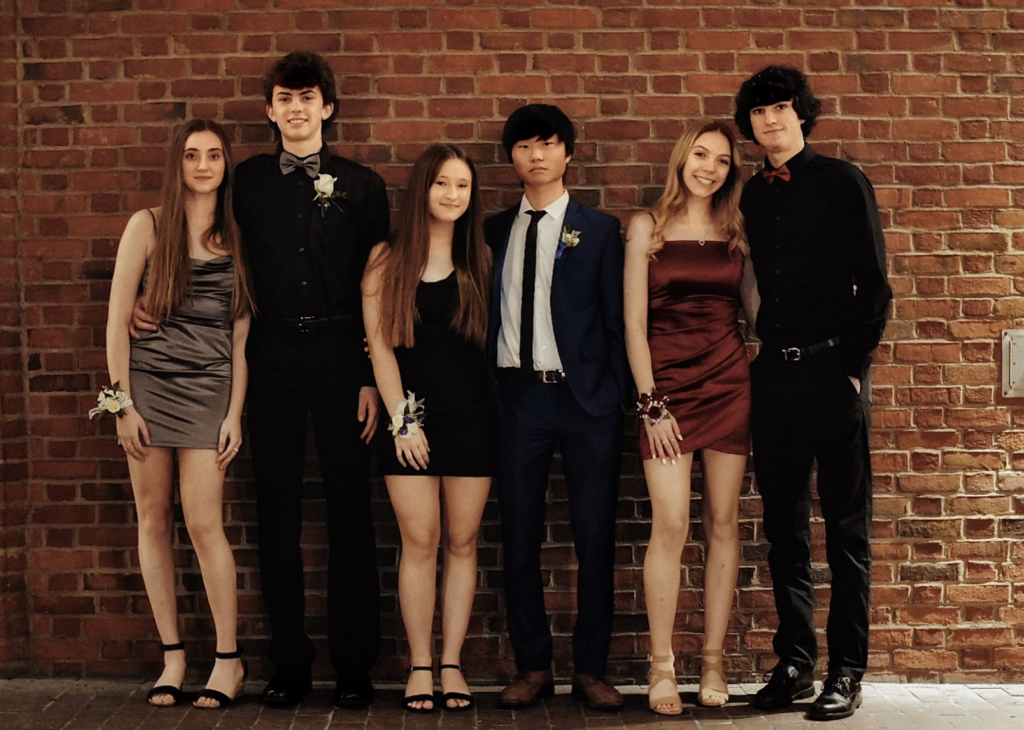We have all encountered them. Maybe you are even one of them. I have two of them in my family and they can be very challenging to photograph. I am talking about “blinkers”: those people who always seem to have their eyes closed in photographs when a flash is used.
It's nothing they do on purpose. They just have a natural reflex that causes them to blink when a flash goes off. How the heck can anyone blink THAT fast, you may wonder? After all, the flash duration lasts for only a fraction of a fraction of a second and then it travels at the speed of light! Are these people some kind of mutant super humans?
Well, not really. They do have exceptional reflexes when it comes to blinking, I will give you that. But it is important to understand exactly WHY they are blinking, and, more importantly from a photography perspective, why their eyes are always closed in flash photographs.
First, we must understand that they are not actually blinking at the flash going off, but rather the pre-flash!
If you are not familiar with the concept of pre-flash it might be helpful to break out your users manual for your portable flash or camera and dig a bit deeper. I will try to explain it from a camera generic perspective here. Though I am mostly familiar with Nikon’s speed light technology the basic technology as it is applied should transfer to any camera that uses TTL for flash compensation.
TTL (Through The Lens) exposure compensation is a technology that allows a speed light or built-in flash work in concert with your modern digital SLR camera to give you well exposed photographs. Without getting too technical about it, TTL works sort of like this:
When the shutter button is pressed the flash unit sends out a very brief pre-flash onto the subject. This reflected light is then read through the camera lens and evaluated by the camera’s light metering sensor. The camera’s processor evaluates the data from the sensor and sends a signal to the flash unit to adjust its output so that the final image will be properly exposed. After this happens, the real flash fires at the proper output and the shutter is opened. Magic happens and a (theoretically) perfect flash exposure is made!
This whole process takes place in a fraction of a second, such that, for most people, the timing between the pre-flash and the actual exposing flash is normally imperceptible. I have tried and cannot detect the pre-flash when being photographed. There is a small segment of the general population, however, who are able to detect this pre-flash. These are our blinkers.
So, now armed with an understanding of how TTL works to generate a pre-flash, and understanding that it is this pre-flash that our light sensitive subjects are reacting to, how do we deal with it?
The camera manufacturers are a clever lot, I will give you that. They have incorporated a way of getting around the use of the pre-flash at the moment of exposure by allowing the photographer to pre-set the flash output, still while taking advantage of TTL technology.
On the Nikon system this is called Flash Value Lock. On Canon it is called Flash Exposure Lock. It is a setting on your DSLR that allows your to compose your image in the view finder and then fire only the pre-flash. Now all the information for making the flash exposure is saved in the camera’s computer. It is pre-set and does not need to happen again unless you choose to recompose your photograph.
After the Flash Value Lock is engaged, you can pause for a moment to allow your subject to settle, blink, fidget or whatever. When you and they are ready you press the shutter button, the shutter opens and flash fires using the previously gathered data to regulate the output. No pre-flash is sent at the time of the photograph, so your blinker has nothing to react to until after the photo is taken. Pretty sneaky, eh?
Of course, if you shoot in manual flash mode, or use monolights or other non-strobe type lighting that does not incorporate TTL, the pre-flash will not be an issue for you, as you will have set your lighting ahead of time and these setups do not rely on pre-flash. Sometimes, though, TTL is just too convenient for the situation and is the best solution.
Now you have a means of making those people who always have their eyes closed show the world how pretty their eyes really can be. Read your owners’ manual to learn if your camera has this feature and how to turn it on. It will make for a lot less frustration for you as a photographer, and a lot less embarrassment for your blinking subject. They might even start to believe that they can look good in photographs too. If you can accomplish that much, you will have added to somebody’s life. Isn’t that what our photography is supposed to be about?
Doug Pruden is a Calgary portrait photographer. He has had a 43 year passion for photography since he was a lad of 10. Doug's current digital work can be seen and his blog can be read at his website. Please pay him a visit!





4 Comments
When ever I take a person/people shot, I ask what color was the flash?
If someone says “pink”, their eyes were closed.
So I take another shot.
Good idea for accidental blinkers. My suggestion can work for what I
call pathological blinkers. When they try to focus on keeping their eyes open during the flash they end up looking constipated and frightened at the same time.
I am a pathological blinker (sounds funny lol). Thanks for this article!!
Thanks for this. It explains why I am always closing my eyes for photographs. I guess I am super human 😉